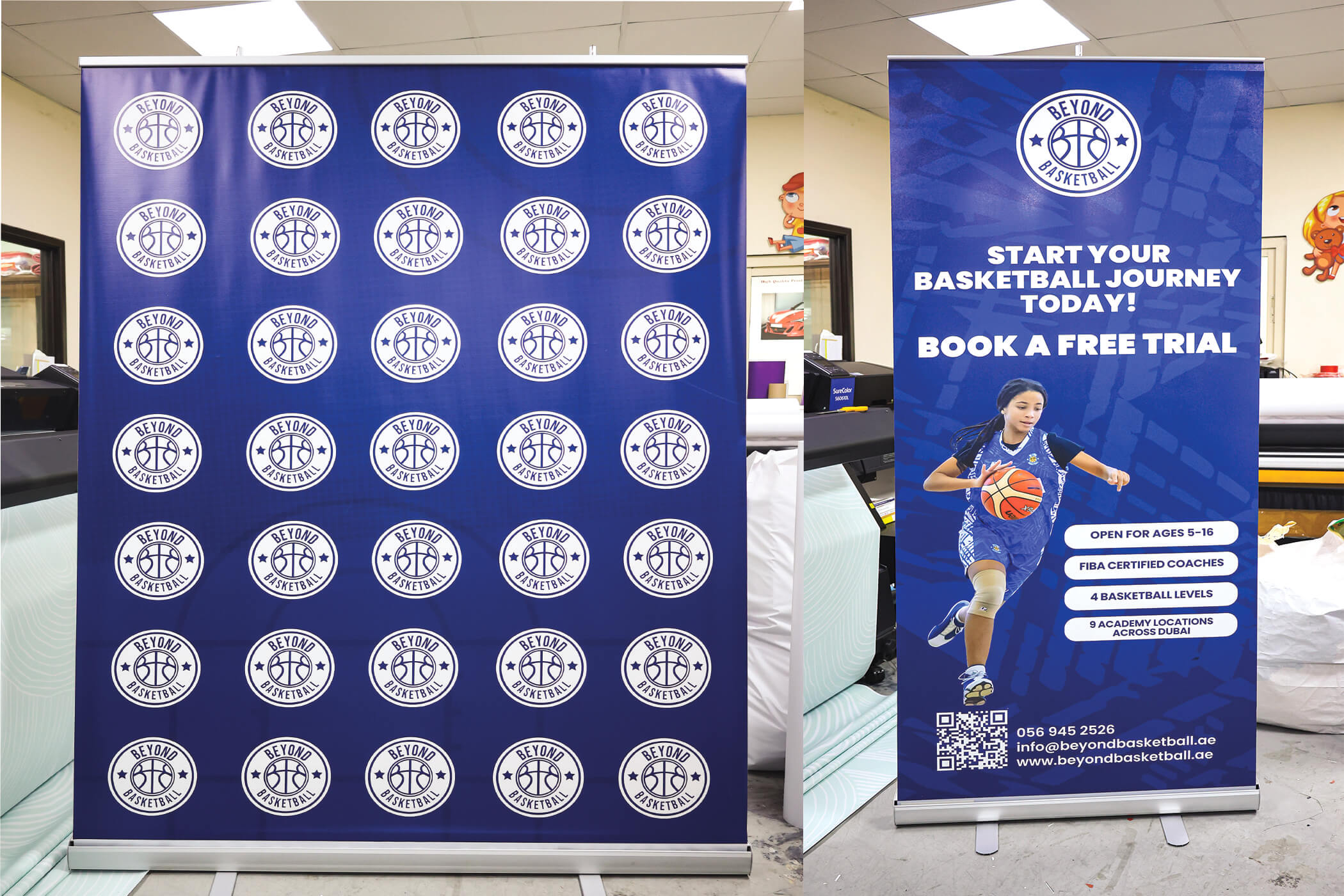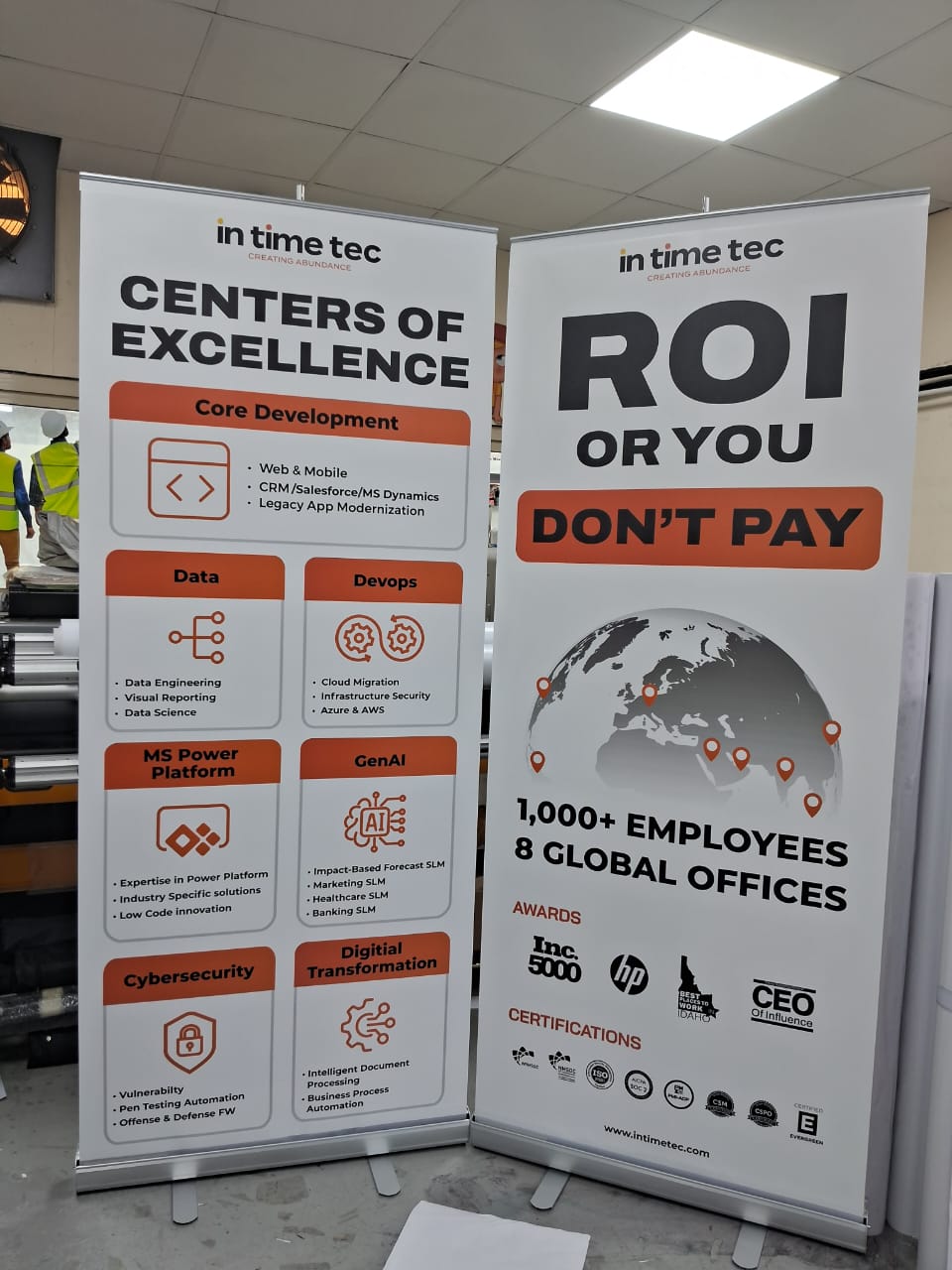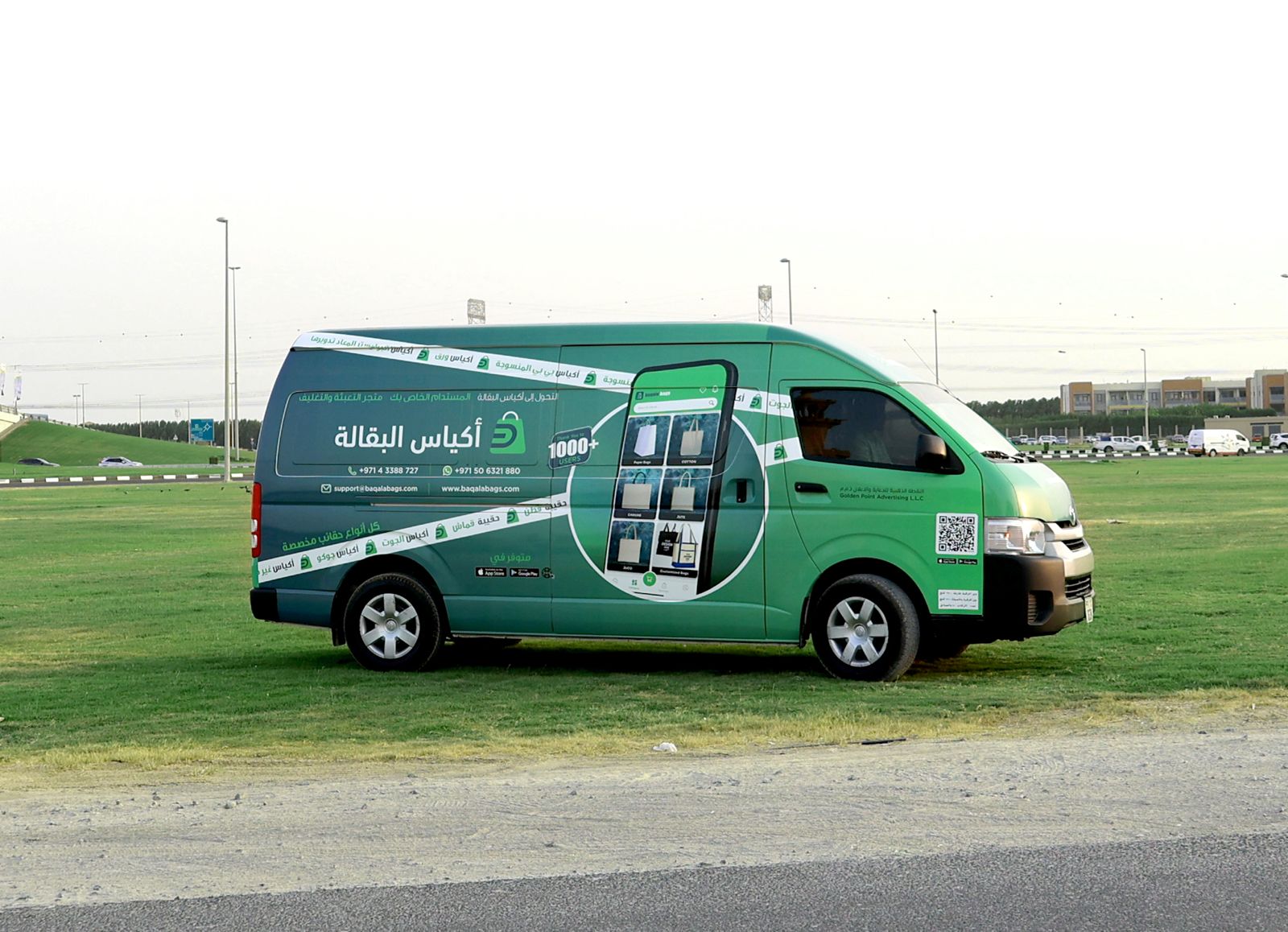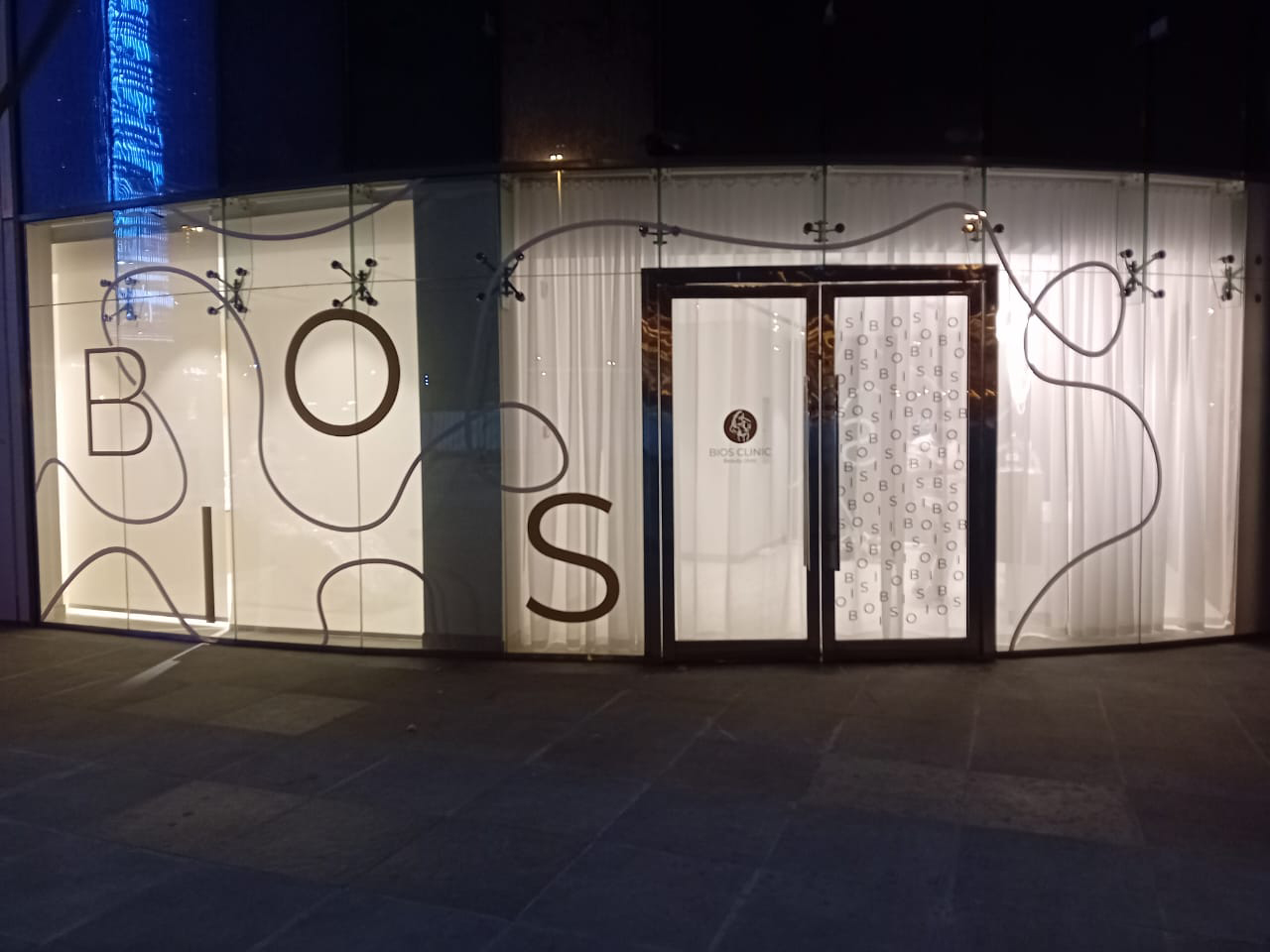
In today’s globalized business landscape, the importance of cultural sensitivity cannot be overstated, especially when it comes to workplace communication and office signage. Nowhere is this more evident than in a vibrant and diverse city like Dubai, where a myriad of cultures intersect to create a unique and dynamic workforce. As a business operating in this bustling metropolis, we understand the significance of effective communication and inclusivity through office signage. In this comprehensive guide, we delve into the intricacies of crafting culturally sensitive office signage that resonates with Dubai’s diverse workforce.
Embracing Multilingual Office Signage
Dubai’s workforce is a melting pot of cultures, languages, and backgrounds. To foster an inclusive environment, it’s crucial to embrace multilingual office signage. Our company recognizes that English is widely spoken in Dubai, but it’s essential to cater to various linguistic preferences. Incorporating languages such as Arabic, Urdu, Hindi, and Tagalog, among others, ensure that all employees can comprehend and engage with the messages conveyed. Bilingual or even trilingual signs not only demonstrate respect for individual languages but also reflect an organization’s commitment to inclusivity.
Icons and Imagery: Universality in Visual Communication
Visual communication transcends language barriers and is a powerful tool for conveying messages effectively. We advocate for the use of universally recognized icons and imagery in office signage. Simple yet impactful visuals can deliver important information without relying solely on text. Icons depicting restrooms, emergency exits, and first aid stations are universally understood. However, when utilizing culturally specific imagery, it’s crucial to conduct thorough research to avoid misinterpretations or unintended offenses.
Addressing Religious Sensitivities
Religion plays a significant role in the lives of many Dubai residents. When creating office signage, consider the religious sensitivities of the workforce. We suggest consulting with local cultural experts or religious leaders to ensure that the signage respects and adheres to religious customs. For instance, prayer rooms are a common feature in Dubai offices. Designating these spaces through clear and culturally appropriate signage demonstrates an understanding of the diverse religious landscape and showcases a commitment to the employees’ well-being.
Color Palette and Symbolism
Colors and symbols hold cultural significance across different societies. We emphasize the importance of researching the cultural meanings associated with colors and symbols before finalizing office signage. While certain colors may convey positivity and success in one culture, they might symbolize mourning or negativity in another. Similarly, symbols that are innocuous in one society could hold strong connotations in another. Our company recommends consulting with local cultural experts to ensure that the chosen color palette and symbols align with the intended message and do not inadvertently offend anyone.
Tailoring Messages for Diversity
The beauty of Dubai’s workforce lies in its diversity. People from various backgrounds bring unique perspectives and experiences to the table. When crafting office signage messages, we encourage tailoring content that respects this diversity. Avoid using idioms or phrases that may not translate well across cultures. Instead, opt for clear, concise language that resonates universally. Additionally, consider addressing important matters such as office policies, safety regulations, and company values in ways that are relatable to everyone, regardless of their cultural background.
Ongoing Sensitivity Training
Creating culturally sensitive office signage is just one step in fostering an inclusive work environment. We advocate for ongoing sensitivity training for all employees to ensure they understand the importance of cultural nuances and respect in the workplace. This training should encompass not only the significance of office signage but also interactions, communication, and teamwork. When every member of the organization values cultural sensitivity, it contributes to a harmonious and productive work environment.
Conclusion
Navigating the diverse workforce of Dubai requires a commitment to cultural sensitivity, starting from the moment employees walk through the office doors. Through multilingual signage, universally understood visuals, religious considerations, appropriate colors and symbols, tailored messages, and ongoing sensitivity training, organizations can create an environment where every employee feels valued and respected. Our company understands that embracing cultural diversity isn’t just a trend; it’s an essential aspect of successful business operations in Dubai’s cosmopolitan landscape.



